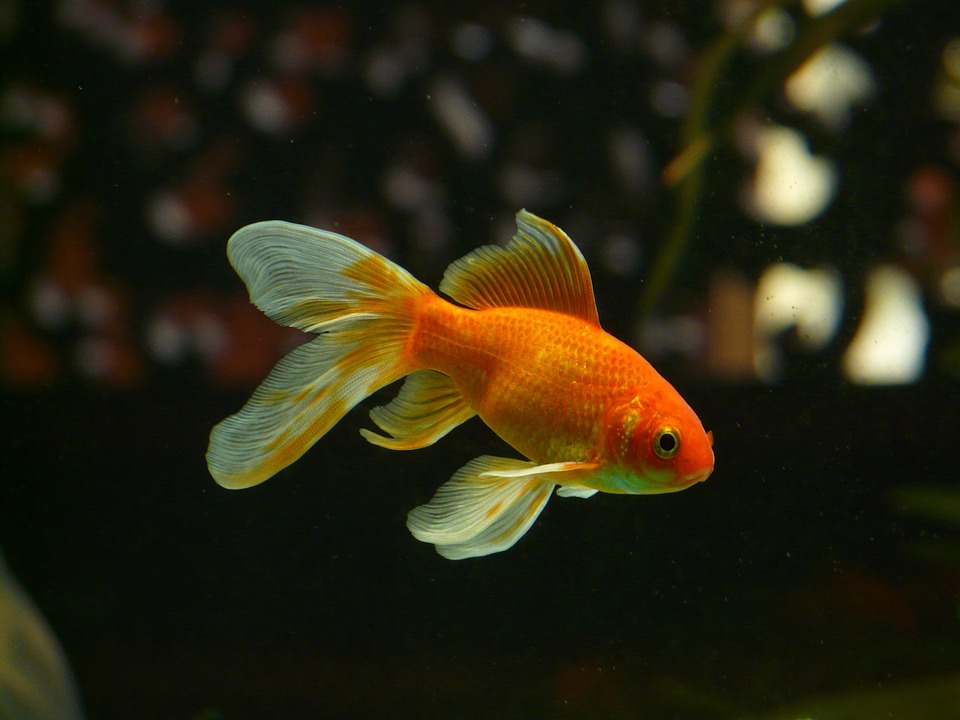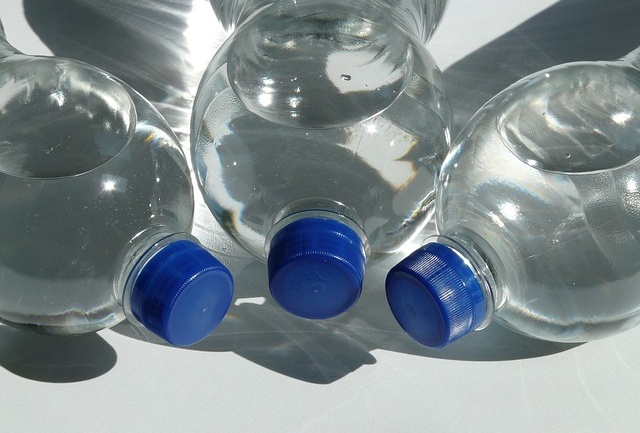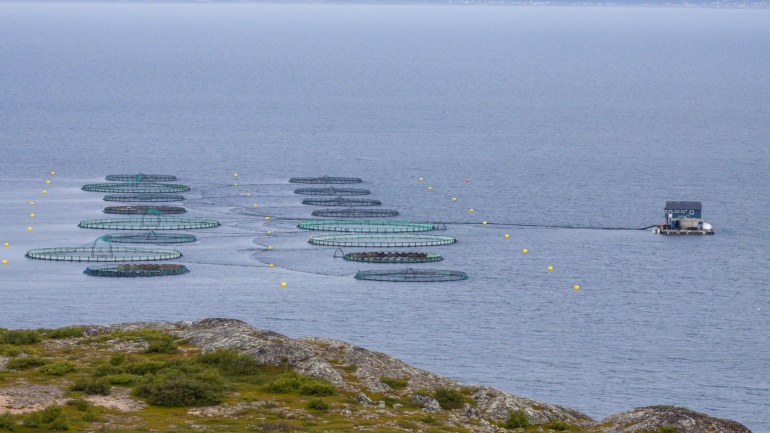By En Qi Teo, Staff Researcher & Writer at Save The Water™ | December 10, 2020
The common goldfish are popular pets due to their low prices and low-maintenance nature. Due to their long lifespans, they are also often released into the wild by pet owners who decide to stop taking care of their fish. Religious reasons may also cause people to buy goldfish from fish farms and release them. The release of captive animals is perceived in Buddhism as an act of merciful liberation. While goldfish make cute pets, in the wild, they become invasive species that disrupt the aquatic ecosystems, causing water pollution.
Goldfish as Invasive Species
Goldfish are one of the world’s worst invasive species. They swim over long-distances, are larger breeders than most other freshwater fish species, and have no natural predators. Therefore, releasing goldfish into a lake can quickly lead to overpopulation of goldfish in the lake and neighbouring freshwater bodies. Furthermore, goldfish carry diseases and bacteria that harm other aquatic life in lakes and rivers. They also prey on other native species, disrupting the balance of the ecosystems they are introduced in. In Colorado, USA, and Hamilton, Canada, there have been reports of goldfish becoming an invasive problem. Most recently, in Minnesota, USA, the Carver County Water Management Organization removed about 50,000 goldfish from a connector to Big Woods Lake.
The Pollutive Effect of Goldfish on Freshwater
Goldfish swim along the bottom of rivers and lakes, pulling up plants, stirring up sediment, and releasing nutrients that can cause harmful algae blooms. Algae blooms contaminate water through producing toxins that are dangerous to the health of humans and animals. Water pollution caused by goldfish in freshwater bodies is especially problematic, as researchers have found invasive species thrive in more polluted water. Therefore, invading goldfish pave the way for other pests, aquatic plants and animals to invade and contaminate the water body.
Other invasive species like green algae Caulerpa and water snails have caused the loss of native fish and plant populations. As well as reductions in nutrients in the water, and economic losses caused by invading aquatic animals eating irrigated crops. This creates a cycle of invasion and pollution. Such a cycle is one of the factors that has resulted in the abundance of life in freshwater bodies falling by 84% since 1970, and freshwater fish going extinct at 877 times the natural rate of extinction of such fish.
What Can You Do About Invasive Species?
You may take steps to minimise water contamination and the cycle of invasion and pollution as well, through:
- Be a responsible fish owner! Consider whether you will be willing to take care of a pet fish over the maximum length of its lifespan. If your fish falls sick, you may consider humane ways of euthanizing it. Please do not flush a live fish. This is not humane, and if your fish survives this process, they may end up causing contamination of local freshwater.
- Remind your friends and family not to release their pet fish or other aquatic life into the wild. They may take hold as invasive species and further pollute water bodies.




